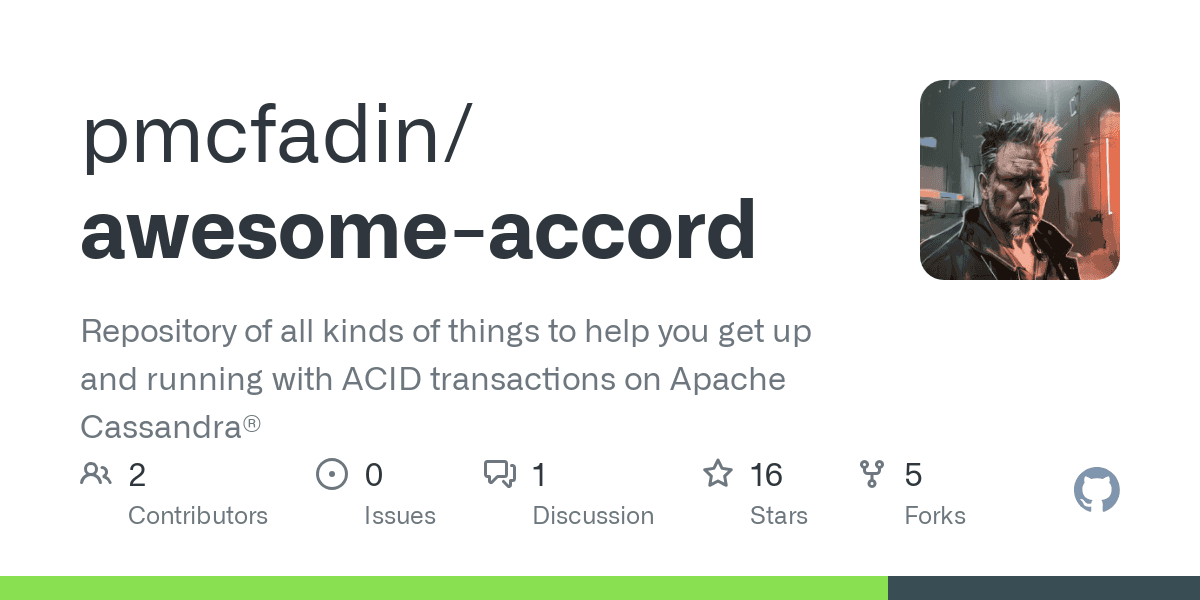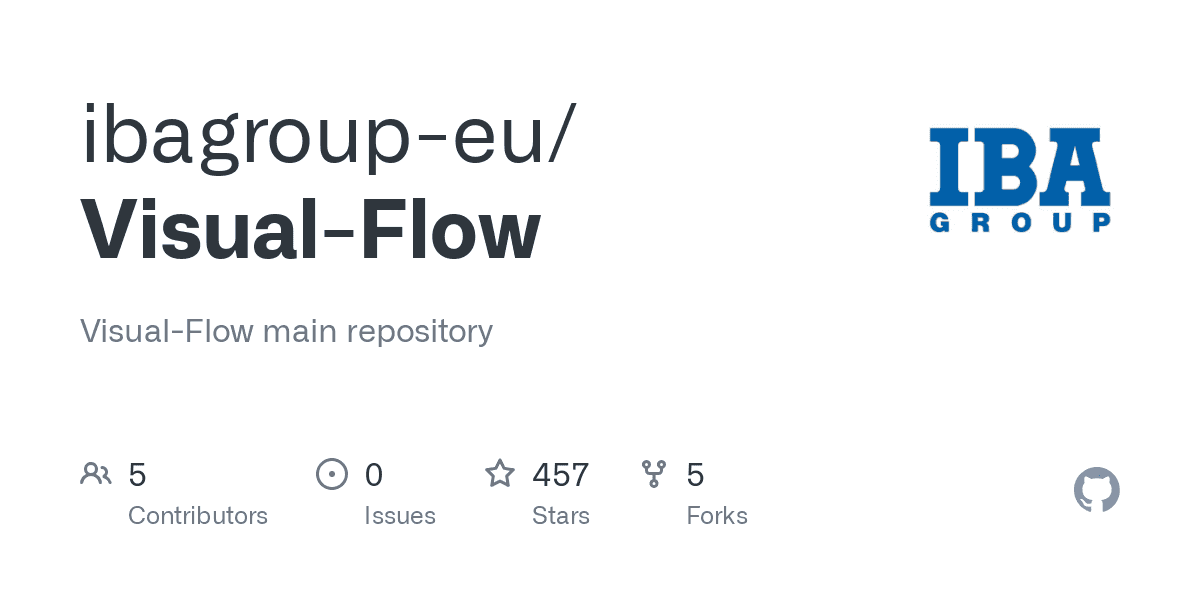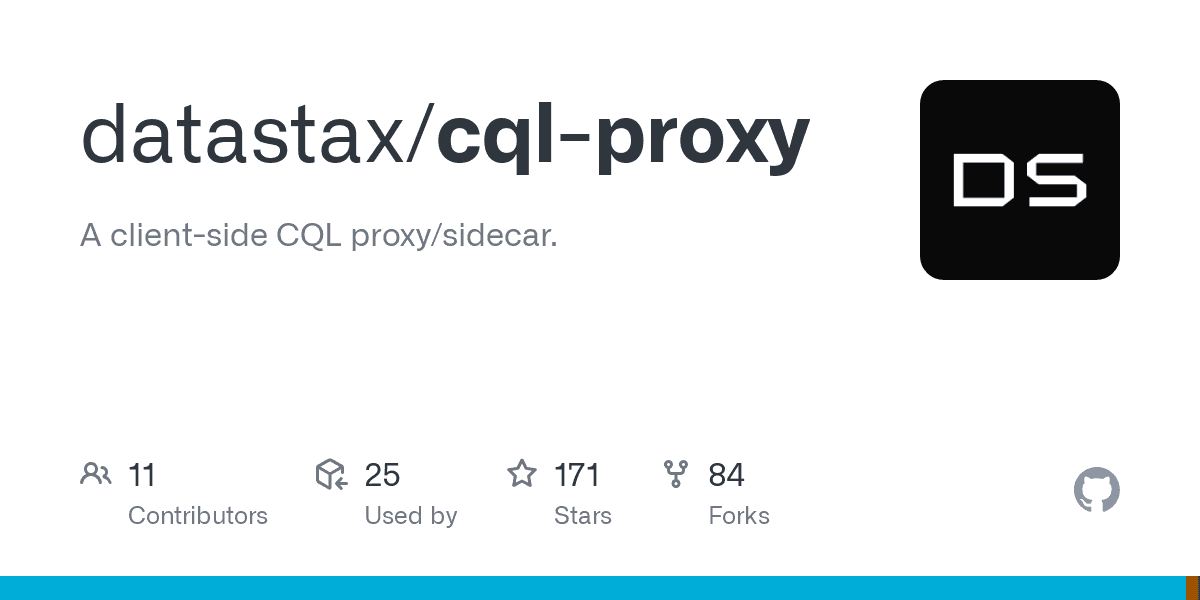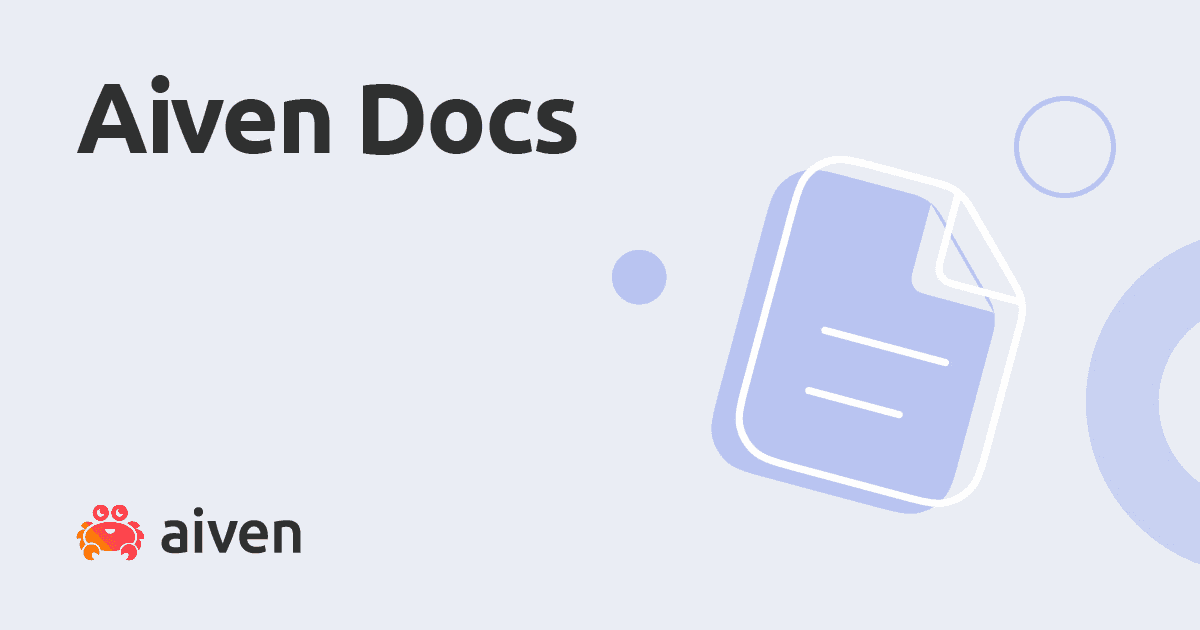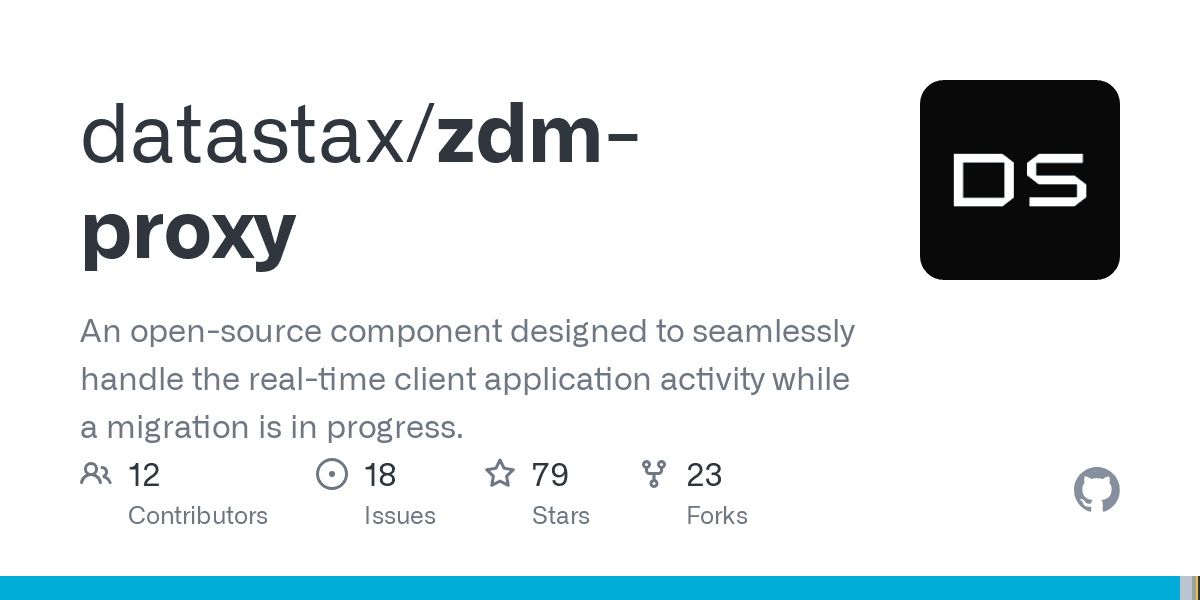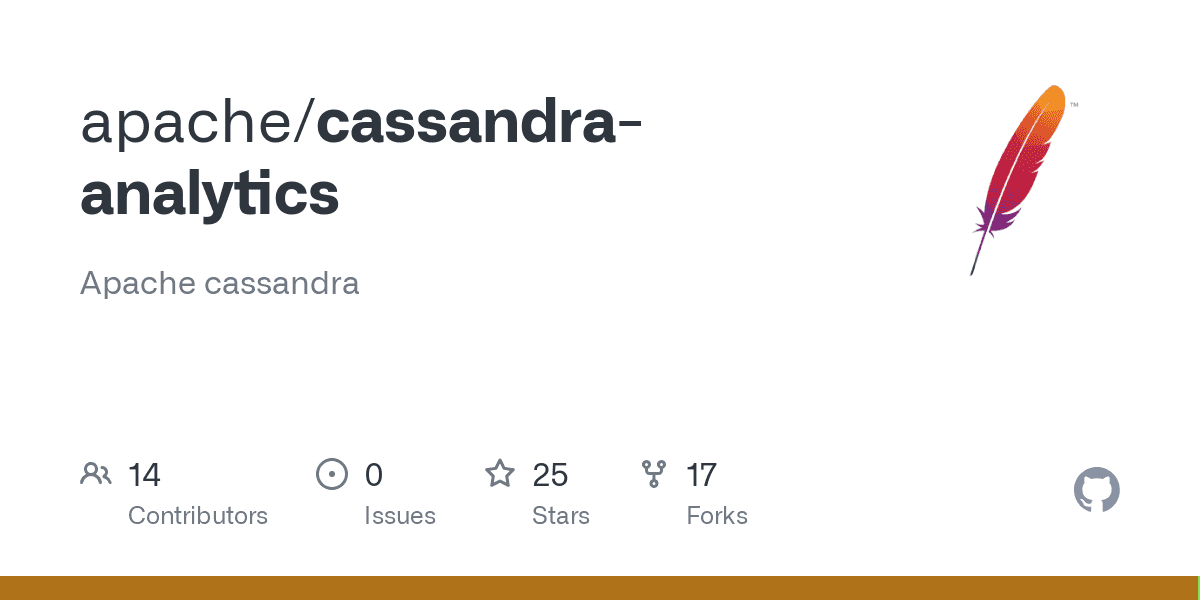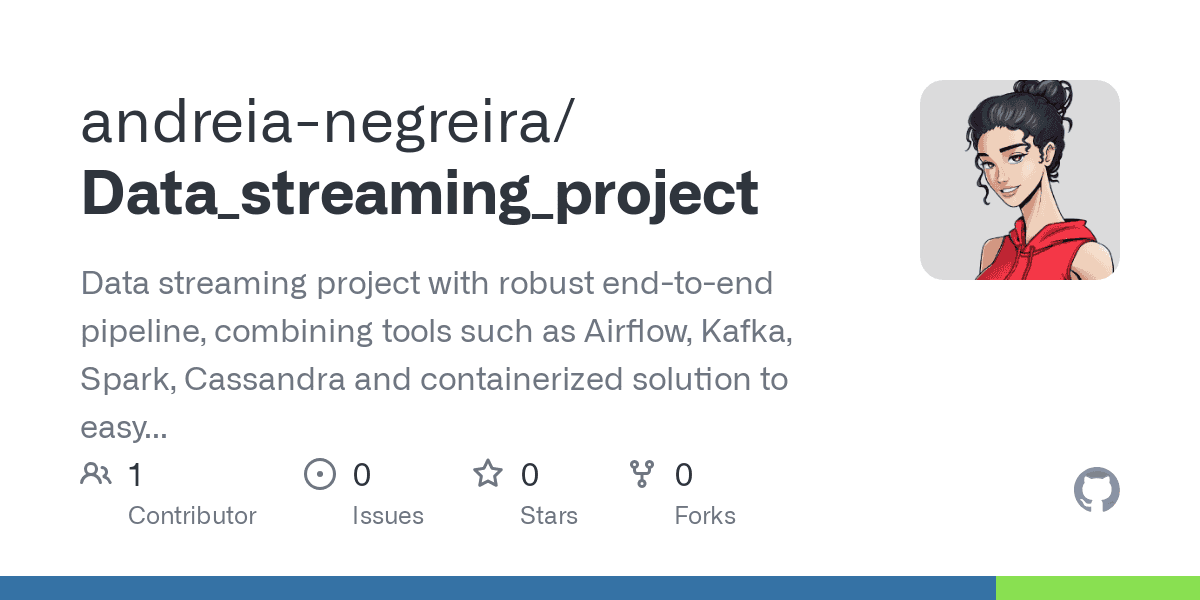- The Apache Cassandra Project announced the general availability of Apache Cassandra 4.1, the project’s major release for 2022 with multiple new features.
- Apache Cassandra 4.1 makes the database both easier to use for end users and easier to onboard key development requests from the community.
- This release paves the way to a more cloud-native future for the project by externalizing important key functions, extending Apache Cassandra, and enabling an expanded ecosystem.
The Apache Cassandra Project announced the release of the latest version of its open-source, highly performant, distributed NoSQL database, Apache Cassandra 4.1, an Apache Software Foundation project. The latest release focuses on making the database easier to use for end users and easier to onboard key development requests from the community.
One of the major themes for the latest release is pluggability. With the new framework, the team aims to establish a straightforward interface to Cassandra internals and an understood contract when using outside code. Cassandra uses a Paxos consensus protocol implementation that creates strong consistency. Another focus of the release was to provide greater clarity and flexibility for developers and users which is why syntax in cassandra.yaml, the main configuration file, has had a major overhaul in 4.1.
The latest release also provides several features to make authentication more accessible and data-in-transit more secure. The team also added support for authentication plugins. It enables users to create plugins to add authentication methods.
Apache Cassandra 4.1 also comes with structured ways to add powerful features. Memtables are in-memory structures where Cassandra buffers writes, a feature that allows developers to implement new memtable solutions and allows users to select a memtable implementation and configuration for each table in their database. SSLContext creation is another pluggable and extensible feature that will appeal to enterprises in industries with stricter and more contextual security requirements.
4.1 improvements for the Apache Cassandra ecosystem
- Pluggable persistent memory providers via new Memtable API
- Paxos v2 improves LWT transaction performance by 50%
- Pluggable external schema manager services
- SSLContext creation pluggable/extensible
For CQL developers
- Users can now group by time range
- Users can now use CONTAINS and CONTAINS KEY conditions in conditional update
- Users can now use IF EXISTS and IF NOT EXISTS in ALTER statements
For operators
- Configurable system level guardrails to guide users in scalable use of the database
- Partition denylisting tool for reducing the impact of overloaded partitions
- Improved syntax for cassandra.yaml
- Several new systems tables
- Monitoring of top partitions by size/tombstones
- Improvements to nodetool, backup and restore
For security posture
- Credentials file support to CQLSH
- Allow to grant permission for all tables in a keyspace
- Support for pre hashed passwords in CQL
- Add support for PEM based key material for SSL

Mick Semb Wever, Apache Cassandra PMC member said,
« With an incredibly stable core that was delivered in 4.0, the project is now building on that milestone toward a more cloud-native future. The latest release emphasizes externalizing important key functions into a pluggable interface, allowing developers to extend Cassandra without altering the stable core code. Organizations using Cassandra can be more selective how each combination of features is deployed and can add a layer of flexibility to future use cases that may not exist today. This includes storage engine choice, security components, schema, and user management. Users of Cassandra will see the decoupled innovation in the ecosystem in the future without the need for a major release of the project. »



